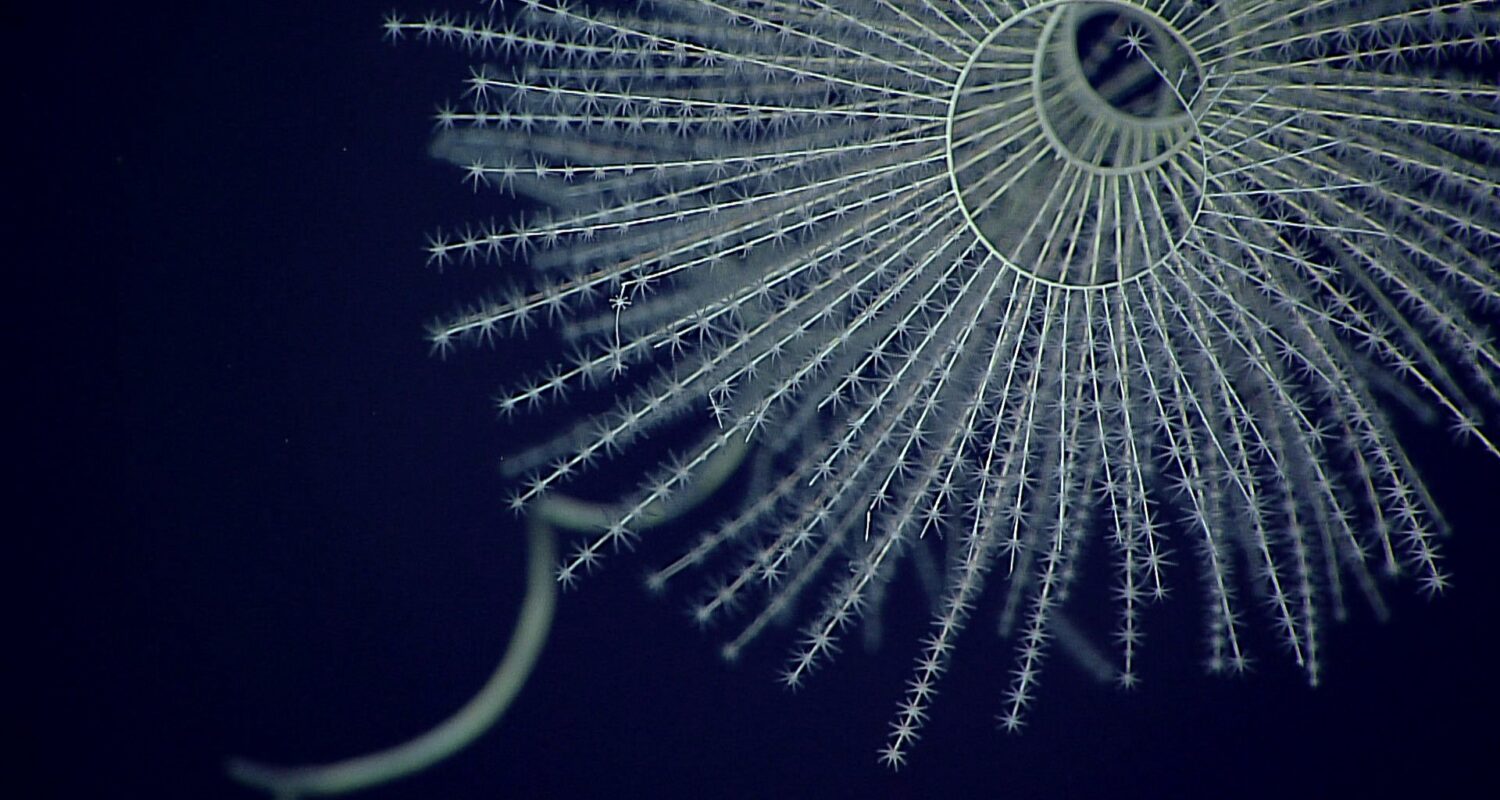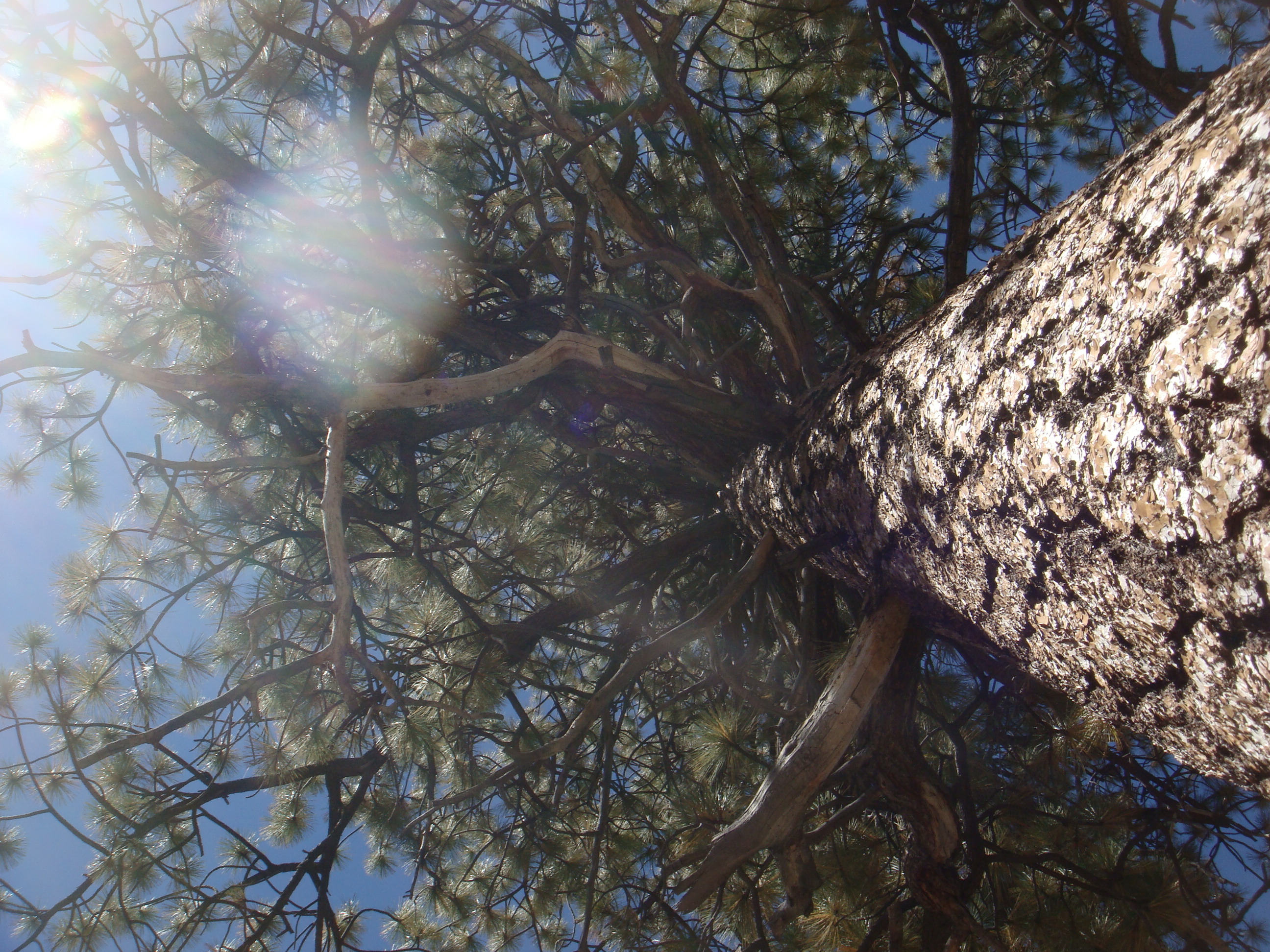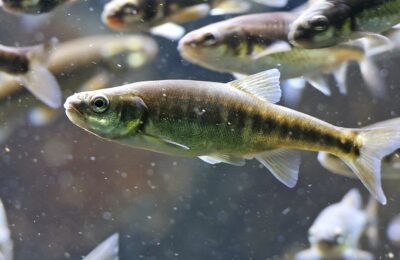DeLeo DM, Bessho-Uehara M, Haddock SHD, McFadden CS, Quattrini AM. 2024 Evolution of bioluminescence in Anthozoa with emphasis on Octocorallia. Proc. R. Soc. B 291: 20232626.
Being able to glow in the dark is known as bioluminescence, where animals produce light via chemical reactions between molecules – luciferin, a light producing molecule, and luciferase, an enzyme that reacts with luciferin. Bioluminescence occurs in many living animals, from fungi to fireflies, and has evolved at least 94 times for mating, predation, courtship, and even camouflage!
We know a lot about how animals bioluminesce, but still don’t know much about when in the history of this planet this superpower evolved.
Glow-in-the-Dark
Some of the oldest living organisms on the planet that are known to be bioluminescent are the octocorals – which include soft coral, sea fans, and sea pens. What separates them from other coral is that they lack a stony skeleton and each polyp has 8 tentacles.
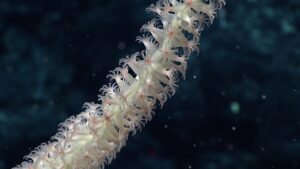
Bioluminescence was thought to have emerged in tiny marine crustaceans almost 267 million years ago – and is the oldest record we have of its existence – until now. A recent study on octocorals reveals that this estimate is off by about 250 million years – with octocorals now holding the record for oldest bioluminescing organisms at 540 million years!
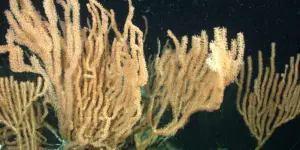
To figure this out, scientists analysed the DNA of almost 200 octocoral species (including a few species of extinct fossilized octocorals)! Using just forceps and their eyes, the scientists agitated various species of octocorals in a dark room to see if they could glow. They then used the DNA data to create a phylogenetic tree and fit in the glowing octocoral species to figure out where and when bioluminescence has appeared over the course of evolution.
Using statistical techniques, they calculated the probability of being bioluminescent in octocoral ancestors and found that the ancestor to all modern octocorals must have been bioluminescent!
What’s next?
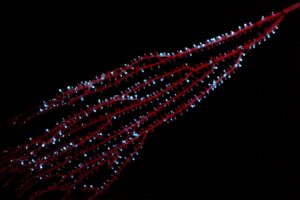
Now that we know when bioluminescence first appeared, the next big question is – what is the purpose of glowing in the dark in an ocean without eyes? The researchers suggest that bioluminescence first appeared as a by-product of a protective chemical reaction which prevents the formation of harmful ‘free radicals’ – which can damage cells (in all animals, even humans). And over time, this by-product has been co-opted to be used for attracting prey and warding off predators.
With more genetic testing, the researchers are planning on finding out whether octocoral species which do not have bioluminescence in the evolutionary tree have lost or turned off the genes responsible for this superpower.
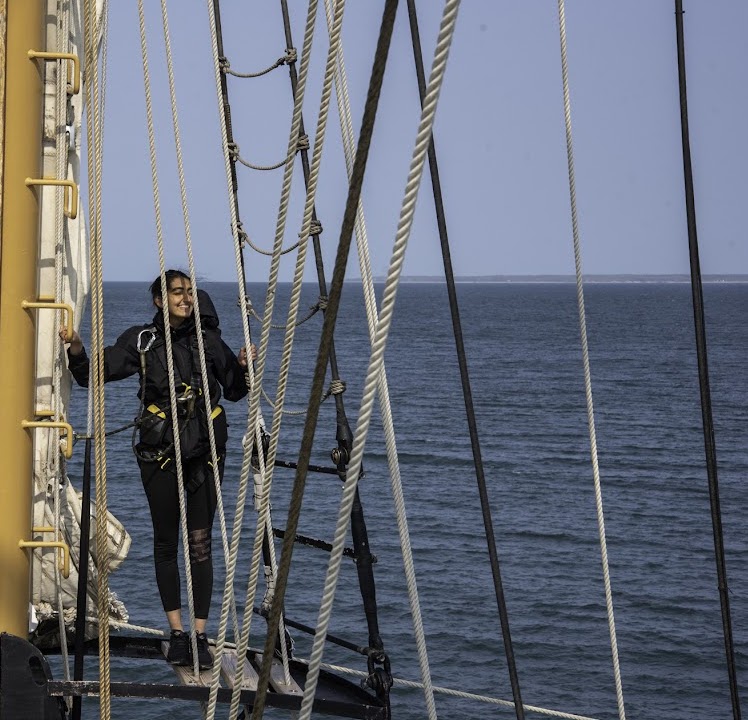
I am a PhD student at the University of Chicago and the Marine Biological Lab, currently studying germline development and regeneration in the amphipod crustacean, Parhyale hawaiensis. I did my undergraduate degree in India and did my Masters in Oceanography at the University of Massachusetts (during which I participated in multiple month-long research cruises out in the Pacific and Atlantic Ocean!). I am broadly interested in integrating ecology with developmental biology in marine organisms and I hope to comprehend the fundamental interconnectedness of the mysteries that swim in the Earth’s oceans. I am also an illustrator and a PADI certified diver.

